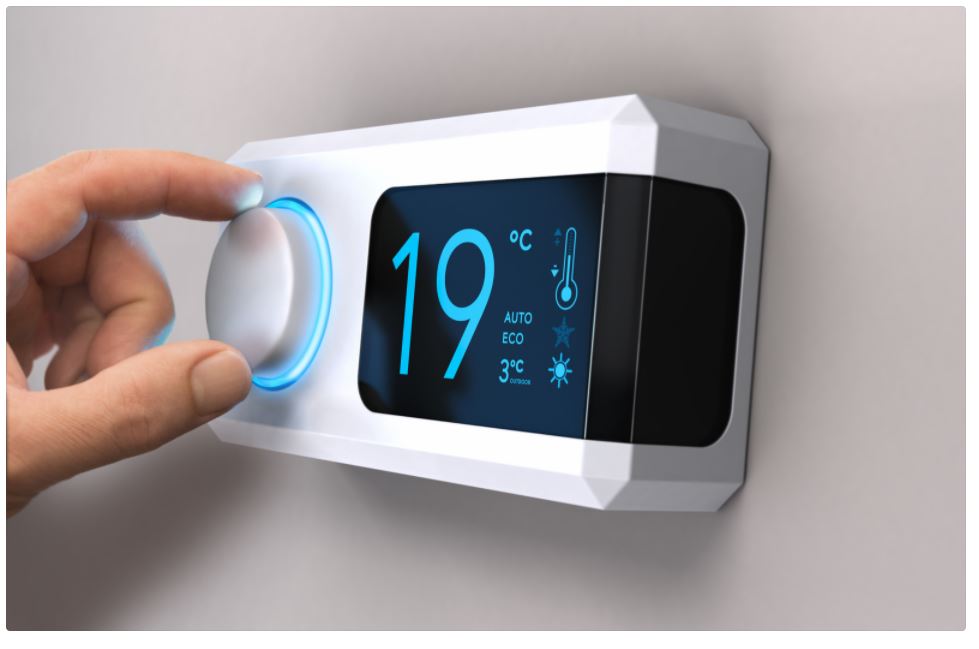
High energy bills got you down?
You’re not alone.
According to the U.S. Department of Energy, the typical U.S. family spends roughly $2,200 per year on energy bills. We know in other areas, these prices are considerably higher than the national average. This includes natural gas and electric, which are the most consumed energy sources in U.S. homes.
The amount of energy we use in our homes depends on several factors, including the climate in which we live and the number of energy-consuming devices we use on a daily basis.
If your utility bills are higher than normal, use the tips for saving energy at home below to save money and reduce your home’s energy use.
Schedule a Home Energy Assessment
The first step to saving energy at home is to schedule a home energy assessment, also referred to as a home energy audit. This will allow you to gauge how much energy your home consumes and determine what actions you can take to make your home more energy efficient. A professional home energy auditor will inspect the furnace and ductwork, examine insulation and check for leaks. Depending on what your needs are, you can save 5 to 30 percent on your annual energy costs by making upgrades recommended by an energy auditor. To find certified energy raters and auditors near you, visit the Residential Energy Services Network.
Weatherize Your Home
One of the quickest ways to save on your energy bill is to weatherize your home. This includes sealing air leaks and adding insulation. Improving your home’s insulation helps you save money by saving energy. Sealing the gaps in your doors, windows, ceilings, walls and other openings can lower your heating and cooling bills by 10 to 20 percent. If you really want to trim those high energy bills, add insulation wherever necessary. Since about 25 percent of your home’s heat is lost through the roof, insulating your attic should be a top priority.
Install a Programmable Thermostat
A smart thermostat is a great way to save energy at home when you’re not home. Whether you’re at work or on the go, a programmable thermostat will allow you to program a heating schedule that balances savings with comfort and could save you up to 12 percent annually on your heating bill. Before you purchase a replacement thermostat, check your existing wiring. If there’s only two wires, you can get a replacement with a battery-powered display. Full-featured devices like the Honeywell Prestige require power from a third wire, which should be installed by an HVAC or electrical contractor.
Opt for Energy-Efficient Lighting
Incandescent bulbs are a thing of the past, primarily because they’re energy guzzlers. Compact fluorescent lamps (CFLs) and light emitting diodes (LEDs) can last three to 25 times longer and use about 25 to 80 percent less energy than traditional incandescent bulbs.
Wash Your Clothes in Cold Water
According to Energy Star, almost 90 percent of the energy used by a washing machine goes towards heating water. By washing your clothes in cold water, you can save around $115 and eliminate about 1,600 pounds of carbon dioxide emissions a year. To save even more energy, select the shortest washing cycle and wait until you have a full load of clothes.

Recent Comments